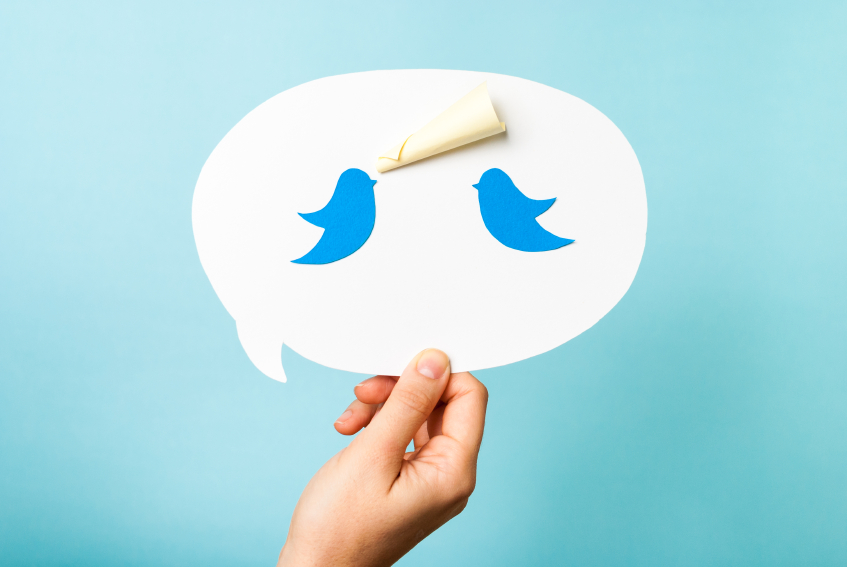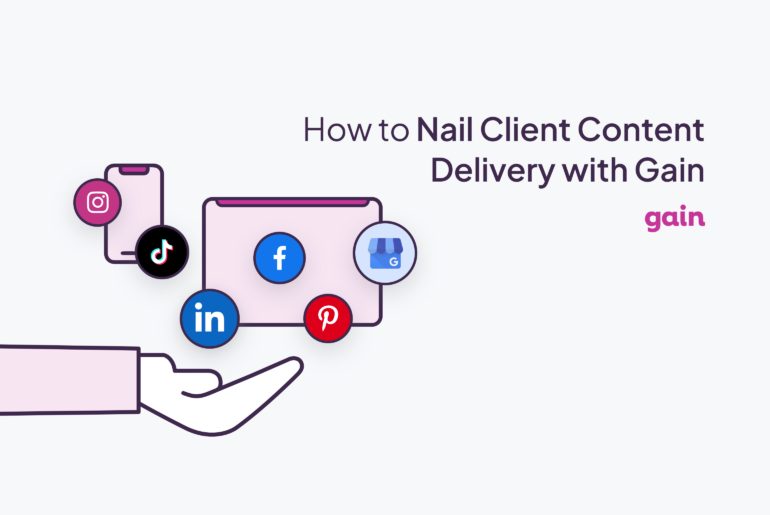Since the launch of Twitter in 2006, the platform has been witness to all kinds of inappropriate tweets from business accounts.
It’s not surprising, given the amount of tweets brands are sending out – with the lifespan of a tweet equating to just 18 minutes, businesses generally need to tweet multiple times a day in order to build their audience. A study by Fronetics recommends an astounding 40x per day, while Buffer advises 14x per day, and Spokal’s study states that 4-5x per day is sufficient. While the jury is still out on whether there is a magic number of tweets per day, one fact is consistent: businesses need to publish on Twitter more frequently than they do on any other social media platform.
Buffer’s chart, below, illustrates this fact – accounts that tweet the most, gain the most followers.

The rapid pace of the Twittersphere often sees companies forgoing a thorough review process when crafting, approving, and publishing tweets, in order to instead tweet in real-time and keep up with followers. But after more than a decade to finesse their tweeting game, this reason doesn’t seem good enough to explain why businesses continue to make so many mistakes via tweet.
To investigate why these social media fails keep occurring, let’s analyze some of the most notorious Twitter fails made by businesses in recent years and look at what could be done to avoid similar errors in the future.
1. Betrayed By Copy/Paste
Tweets containing URLs are nothing new, and for anyone that’s used the “copy” keyboard shortcut -(Command + C (Mac) or Control + C (PC) ) to transfer a link into a tweet, they’ll know that the keyboard shortcut for “copy” doesn’t always work the first time around.
Frequently, users have to tap the keyboard shortcut a couple of times to copy successfully. Alternatively, the shortcut for “paste” is consistently more reliable due to computers saving a history of users’ previous successfully “copy” actions.
The result for Twitter publishers can be unknowingly pasting an older URL instead of the intended link – leading to some embarrassing errors.
Case in Point: U.S Airways Adds a Lewd Link To a Tweet
U.S Airlines learned how horribly wrong a copy/paste mishap could be when the account’s publisher replied to a customer complaint with a link to a pornographic image.
The conversation started out smoothly, with a chain of tweets going back and forth between the disgruntled passenger whose flight had been delayed. U.S Airways closed the conversation, offering their apology, by tweeting:

But the link added (which we’ve removed) wasn’t copy/pasted properly, and instead a graphic image was put in its place.
Apparently (and in defense of the US Airways employee), the lewd image had been sent to the company’s Twitter from another client as a joke and the employee had been in the process of deleting it and then moved onto answering this customer’s complaint.
Lesson Learned: Create a separate workflow for real-time tweets. It’s easy to say that the employee should have double-checked the link, but even the most diligent content creators can make mistakes. Handing the tweet over to at least one approver would have doubled the chance of noticing that the link was incorrect.
Even when tweeting in real-time, having at least one extra person take a second to double-check your message will save a company from so many errors.
2. This Isn’t My Personal Account!?
With so many Twitter users today, most people in-charge of company accounts also have their own, personal Twitter accounts. As a result, forgetting to switch back and forth between profiles has led to businesses’ reputations getting hurt.
Case in Point: KitchenAid USA’s Rant About President Obama’s Grandmother
KitchenAid, a well-known appliances company, suddenly got political when an audacious tweet was published about President Barack Obama’s grandmother, who had passed away just before his election in 2008.

While it’s clear that the employee responsible for the tweet had assumed they were publishing on their personal profile (especially when you note the use of numbers in place of letters) once the tweet was published, the opinion belonged to the KitchenAid brand.
The company issued an apology to Obama, and released a statement that the employee responsible for the tweet had been let go.
Lesson Learned: To avoid leaving it to chance, Twitter publishers who run multiple Twitter accounts should consider allocating each Twitter account to a specific device, i.e. a computer, iPad, smartphone, etc., to eliminate the possibility of mixing up accounts.
Another option, for Google Chrome users, is to open an incognito window to log into a second social media account. Users can stay logged into two accounts at one time using Google Chrome with an additional incognito window. Tools like Ghost Browser also make it easy to log into any website with multiple accounts from one window.
3. Waht Tpyo?
Typos can happen to the best of us, but Twitter’s limited character count raises the stakes for typos to leave a lasting impression.
Case In Point: Sephora’s Hashtag – #C**tdownToBeauty

In Sephora’s case, the global cosmetics company witnessed the negative power of a typo while promoting the opening of a Sephora store in Sydney, Australia. The tweet’s author forgot an essential “o” in the Sephora hashtag, #CountdownToBeauty, turning an innocently promotional tweet, into a hilariously vulgar one. The Twitterverse broke into hysterics, and a storm of retweets followed.
Thankfully, this didn’t hurt Sephora’s efforts in promoting their store – in fact, many have since questioned whether Sephora’s marketing team was so bold as to create the typo on purpose to build hype around the opening. We’ll never know for sure, but it doesn’t negate the fact that a mistake as careless as a typo can create an uproar on Twitter.
Lesson Learned: Proofread.
Another option, since our eyes can always deceive us, is to put tweets through a spell check app before publishing. This is especially necessary if there is no approver available to check the author’s work. Even proper punctuation makes a difference when the tweet is from a company, thus spell check apps will ensure that your tweets are typo-free.
4. Caught In The Act By the Time-Stamp
A company’s greatest asset in their connection with their consumer base is their sincerity – or at least the appearance of sincerity. So when a brand’s tweet pokes holes in that sincerity, audiences can feel deceived.
Case In Point: BlackBerry Classic Gets Caught Using an iPhone
BlackBerry Classic suffered a bit of embarrassment when they tweeted a promotional tweet from a Twitter mobile app for iPhone.

The publisher seemed to be unaware that their device would be visible to some platforms like Tweetdeck and Tweetbot. As many may know, this time-stamp wasn’t visible on Twitter’s platform, due to an upgrade Twitter made in 2012. Regardless, users of the Twitter-compatible accessory platforms caught Blackberry’s fumble and proceeded to publish it for public ridicule. Ouch.
The irony of this error is that the promotional tweet urges BlackBerry Classic users to build their presence on Twitter with Blackberry.
While this faux-pas isn’t too cringe-worthy, it does make the company look a bit clueless – especially for a telecommunications company that has a custom Twitter app.
Lesson Learned: Know everything about the tools you use. Twitter upgrades its platform all the time, and if your marketing team doesn’t make a point to learn about the platform’s constant changes, your company can be made to look incompetent in the your audience – and a much larger audience, depending on the level of the mistake.
An option for Gmail users is to create Google Alerts for Twitter updates, so any recent articles about the platform are sent straight to your email.
The Next Step
Clearly, tweeting on a frequent basis is advantageous for companies to build their customer base and their social authority on the platform. Let’s learn from these other companies’ Twitter blunders and use them as guidelines to help create better workflows, implementing the proper tools to ensure that your company’s tweets will always be impeccable from here on out.






